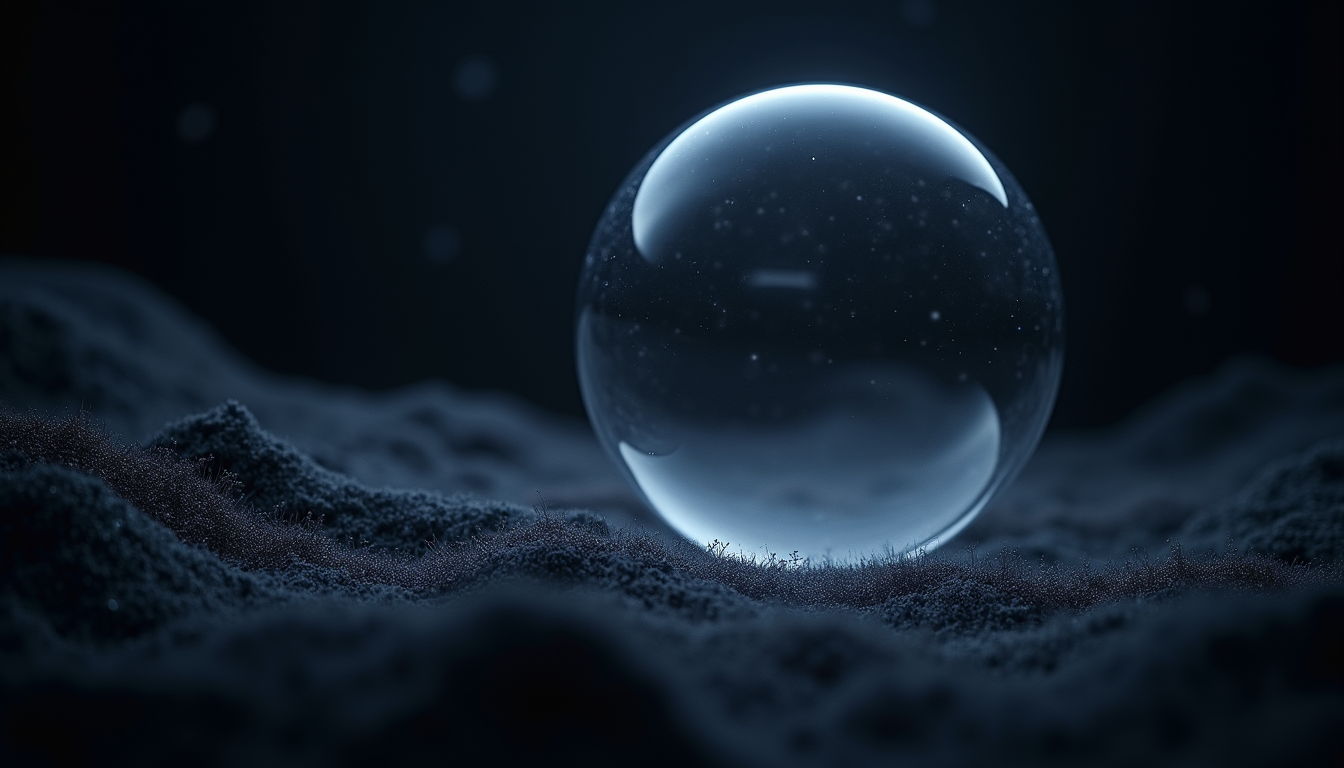For decades, the concept of black holes has captivated scientists and the public. These mysterious entities are often portrayed as voracious monsters, consuming everything around them. But do black holes truly exist, or are they simply illusions created by our understanding of space-time? Recent discussions among physicists suggest that what we perceive as black holes might actually be something different, such as gravastars or fuzzballs. This post explores what black holes are, the theories surrounding them, and what we might actually be observing in the cosmos.
The Nature of Black Holes
Black holes are regions in space with an incredibly strong gravitational pull. They are formed when massive stars collapse under their own gravity at the end of their life cycles. The boundary surrounding a black hole is known as the event horizon. This is a point beyond which no information or light can escape, making black holes very difficult to study.
Despite their elusive nature, black holes can be observed indirectly. For instance, when a black hole pulls in gas and dust from a neighboring star, it creates an accretion disk that emits X-rays. NASA's Chandra X-ray Observatory has detected such emissions from black holes, confirming their presence. In fact, estimates suggest that there are approximately 100 million stellar black holes in our Milky Way galaxy alone.
The Debate: Are They Real?
The existence of black holes is supported by various astronomical observations, including the detection of gravitational waves from colliding black holes. The first direct detection of gravitational waves, recorded in 2015 by the LIGO observatory, confirmed the merger of two black holes. This event provided significant evidence for black holes' existence and showcased that they can collide and merge, sending ripples through space-time.
However, some physicists propose alternative explanations for these phenomena. For example, the gravastar theory suggests that instead of a singularity at a black hole's center, there exists a stable, dense object surrounded by a shell of energy. This means that what we perceive as a black hole could actually be a gravastar.
Another alternative, the fuzzball theory, posits that black holes consist of complex structures made up of strings and branes. According to this view, information that falls into a black hole is not lost; it is stored in the intricate structure of the fuzzball. This aligns with the principles of quantum mechanics, stating that information cannot be destroyed.
Observational Evidence
The evidence supporting black holes is compelling, yet not without challenges. Take the Event Horizon Telescope (EHT) collaboration, which made headlines in 2019 for capturing the first-ever image of a black hole's event horizon in the galaxy M87. This groundbreaking achievement provided visual evidence of black holes, yet it also raised questions. Is what we see truly a black hole, or could it be a gravastar or fuzzball?
Moreover, the study of gravitational waves has opened new avenues for understanding the universe. The detection of these ripples caused by massive object collisions has bolstered the black hole theory. In a study published in the journal Nature, researchers reported that three pairs of black holes have merged, producing gravitational waves that provide further evidence for their existence. However, interpretations of these signals remain under examination.
The Role of Quantum Mechanics
Quantum mechanics is crucial in the debate about black holes. The famous physicist Stephen Hawking proposed that black holes could emit radiation, known as Hawking radiation, due to quantum effects near the event horizon. This implies that black holes could eventually evaporate, leading to a potential loss of information. According to Hawking's calculations, small black holes could emit significant amounts of radiation, ultimately evaporating over billions of years.
Reconciling general relativity and quantum mechanics is one of modern physics' greatest challenges. If black holes are real, they may reveal key insights into the fundamental laws of the universe. Conversely, if they are merely illusions, it could redefine our understanding of gravity and space-time.
Future Research Directions
As technology evolves, so does our ability to explore the cosmos. Upcoming missions, like the James Webb Space Telescope, promise to uncover deeper insights into black holes and their alternatives. By studying distant galaxies and observing the behavior of matter near these enigmatic objects, scientists aim to gather data that could confirm or challenge the existence of black holes.
Furthermore, theoretical physicists are delving into the implications of gravastars, fuzzballs, and other alternatives. Ongoing research is vital for developing a better understanding of the universe and its fundamental forces.
The Final Word on Black Holes
The question of whether black holes are real or simply an illusion of space-time remains open. There is significant evidence supporting their existence, while alternative theories like gravastars and fuzzballs challenge traditional views. As research progresses and technology improves, we may soon uncover the real nature of black holes and the phenomena we observe in our universe.
Regardless of their true nature, black holes serve as a reminder of the mysteries that continue to elude our understanding, encouraging us to explore further and question the very fabric of reality.





